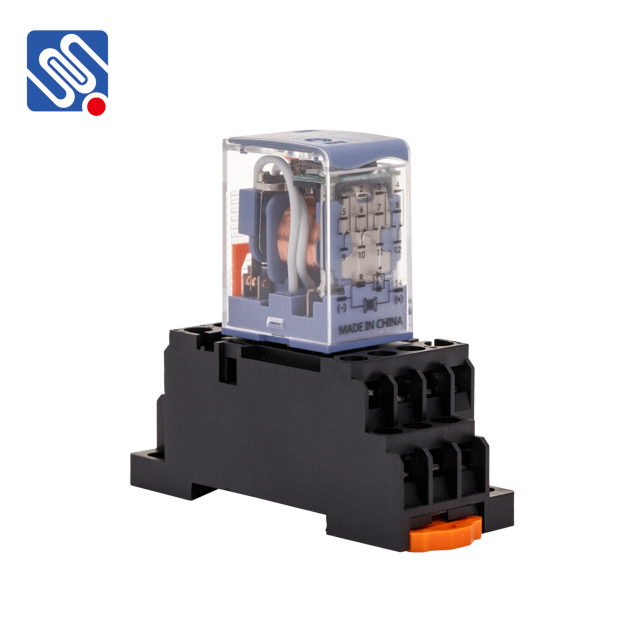A 24VDC relay is a type of electrical switch that is activated by a 24V direct current (DC) signal. It is commonly used in a wide range of applications, from industrial control systems to automotive electronics. Relays are crucial for controlling high-power devices with low-power signals, providing electrical isolation and allowing multiple circuits to be controlled from a single input. This article explores the characteristics, working principles, types, and applications of 24VDC relays, offering insights into how they function and where they are typically used.

What is a 24VDC Relay? A relay is an electromechanical device that uses an electromagnet to operate a set of contacts. When a 24VDC signal is applied to the coil of the relay, the electromagnet becomes energized and pulls or pushes the contacts into a new position, either closing or opening a circuit. This mechanism allows a low-voltage DC signal to control a high-voltage AC or DC circuit, making relays indispensable in automation, control, and safety systems. The 24VDC relay gets its name from the voltage required to activate the electromagnet, which in this case is 24 volts of direct current. This specific voltage is widely used in control systems and machinery, offering compatibility with industrial power supplies and ensuring that the relay can handle moderate loads.